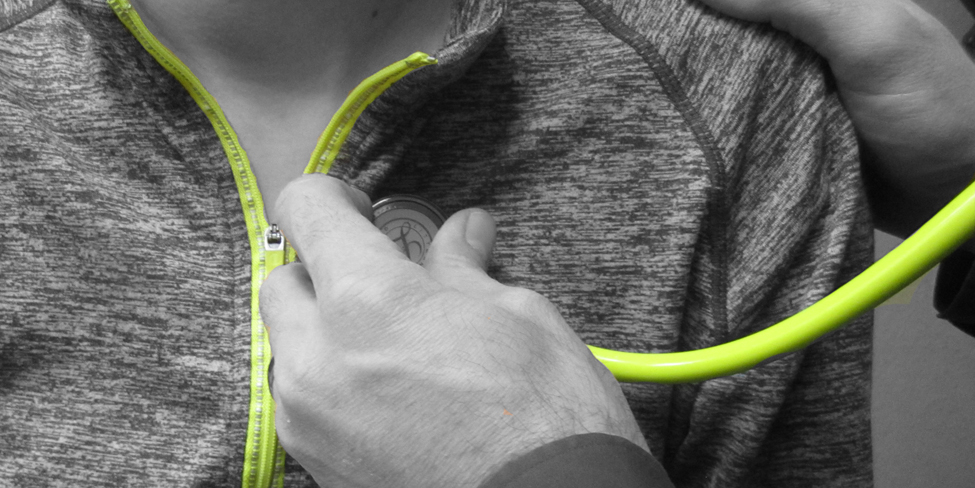What IS Chiropractic?
Chiropractic has ancient roots, dating back over 4000 years depicted as “bone setting” in ancient Chinese etchings. In fact there is evidence of “manual manipulation” of the body found among many ancient civilizations of Babylon, Egypt, Syria, Incas, Mayans and Native Americans. Modern day chiropractic began on September 18, 1895 when Daniel Palmer, a self-educated man of many talents, helped to restore the hearing of Mr. Harvey Lillard by performing a rudimentary “spinal adjustment.” Today the science and art of chiropractic helps restore proper joint function (spinal and extremity) reducing pain and improving the overall health and well-being of the patient.
What Makes Us Different?
Acupuncture
Ancient medicine for modern times: at Balance we use the oldest, original theories and style for a variety of conditions, including pain and injury, internal disorders and disease, and the stressful effects of daily living.
Massage
We offer a variety of massage styles at Balance; everything from medical to relaxation. Each massage type has its own purpose and relief expectations and may be covered by your insurance depending on your condition, benefits, and medical necessity.
Life Medicine
At Balance Health and Injury Clinic we offer treatment for a large variety of conditions from everyday conditions to chronic conditions. All of the treatments and services we offer are here to give your life a greater Balance.
Chiropractic
There are several schools of chiropractic adjustment styles or techniques, although most chiropractors mix techniques from several schools. Following are some (not a complete list) examples of different techniques use by many chiropractors: likely the most common and depicted in the image to the right is the Diversified technique (full-spine manipulation, employing a variety techniques), extremity adjusting, Activator technique (which uses a spring-loaded tool to deliver precise adjustments to the spine), Thompson Technique (which relies on a drop table and detailed procedural protocols), Gonstead (which emphasizes evaluating the spine along with specific adjustment that avoids rotational vectors), and Cox/flexion-distraction (a gentle, low-force adjusting procedure which mixes chiropractic with osteopathic principles and utilizes specialized adjusting tables with movable parts).



